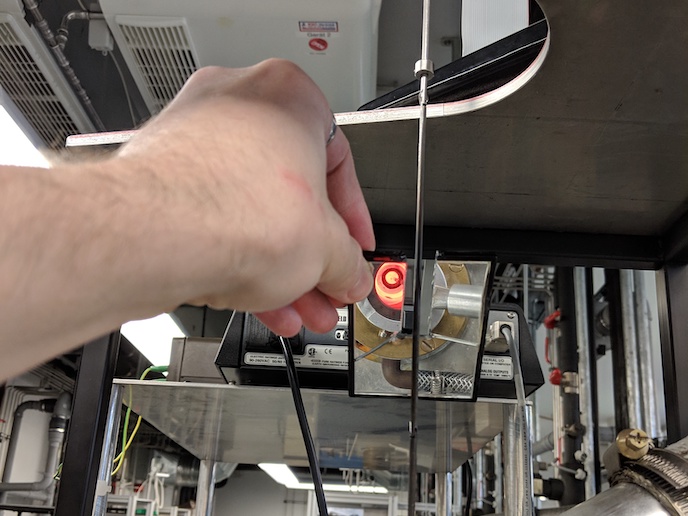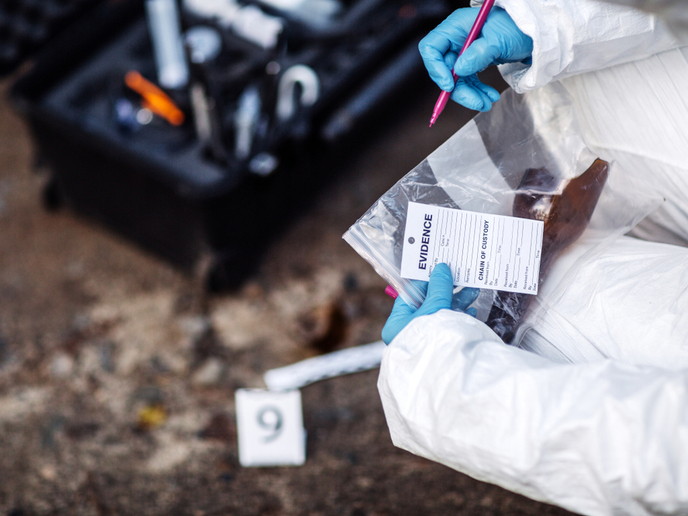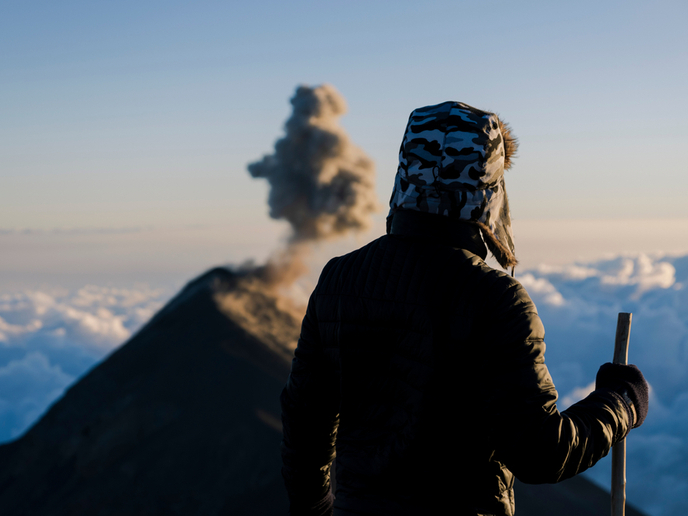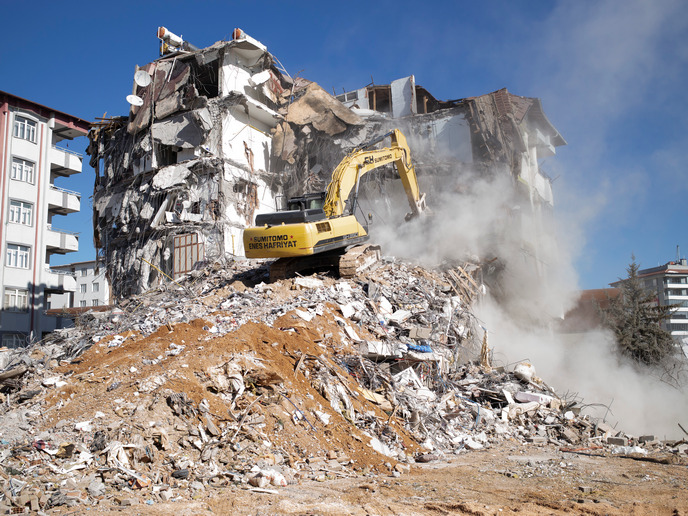New insights into volcanic behaviour for better predictions
Volcanoes erupt when molten magma reaches a thermodynamically volatile state causing it to change texture and flow behaviour. These changes are known as ‘rheological transition zones’. Like opening a can of carbonated drink after shaking, magma foams through loss of volatile components (largely water, carbon dioxide and sulfur dioxide). As it reaches the surface and cools, the magma crystallises, becoming more viscous and eventually solidifying as it stops flowing. Unfortunately, this knowledge is not enough to model the likely trajectory of activity. The DYNAVOLC project developed methods to generate the first rheological maps, characterising lava flow properties under real-world conditions. The results of the project, which was supported by the Marie Skłodowska-Curie Actions programme, will inform numerical models, making volcanic activity predictions more accurate. “Our insights into the kinetics of magma ‘transition zones’ can improve hazard forecasting but also help develop novel manufacturing processes,” says research fellow Stephan Kolzenburg from Ludwig Maximilian University of Munich, the project host. Project findings have already been published and are beginning to be adopted by civil protection authorities such as the National Institute of Geophysics and Volcanology (website in Italian) in Italy. DYNAVOLC’s results have also sparked a series of global research projects.
Magmatic ‘transition zones’
DYNAVOLC concentrated on two critical magma transition zones: crystallisation in basalt, where lava solidifies as it flows on the Earth’s surface; and foaming (vesiculation) of volcanic rock known as rhyolite. “We wanted to measure the changing properties of natural samples under the very high temperatures of volcanic conditions, squeezing and twisting liquid rock – a difficult engineering task!” explains Kolzenburg. To monitor the molten samples at temperatures between 600 and 1 500 degrees Celsius, the team used platinum-rhodium alloy containers with high temperature ceramics, with much of the set-up custom-made. The team made the first measurements of basaltic melt crystallisation under realistic conditions for lava flow. The experimental task involved very sensitive torque measurements in an oxygen-deprived atmosphere, the condition in which lavas erupt from Earth, while undergoing constant heat loss, mimicking lava cooling. The data led to the creation of a numerical tool to forecast the point when lava stops flowing. COVID-19 resulted in a shutdown of the labs where the vesiculation kinetics of rhyolitic lavas was to be investigated, so Kolzenburg improvised. “COVID forced me to get creative. Using the project resources and applying my own mechanical know-how, from my days working in a bicycle repair shop, I built an apparatus in my garage,” adds Kolzenburg. Vesiculation is the driving force behind explosive volcanic eruptions and had previously only been studied in closed experimental environments, with images from sensors or cameras checked afterwards. Kolzenburg’s apparatus – a camera monitoring samples through a quartz glass window – enabled real-time observation, at much higher heating and cooling rates than previously achieved. The first data set has already been published.
Benefiting risk reduction and industry
The European Commission acknowledged the risk volcanic eruptions pose in a 2020 risk report, highlighting improved natural hazard assessment as a step towards better disaster prevention and emergency plans. Additionally, manufacturing glass-foams and glass-ceramics for a range of applications from stove tops to telescope mirrors, seals to insulation, requires detailed knowledge about the molten dynamics of these materials. DYNAVOLC’s understanding of the flow characteristics of silicate melts could help advance industrial production processes. “Our insights help set the stage for decades of research into the wide range of volcanic compositions on Earth, and even other planets. Two of my students have already started this research,” says Kolzenburg.
Keywords
DYNAVOLC, volcano, La Palma, eruption, magma, risk, hazard, geophysics, forecasting






